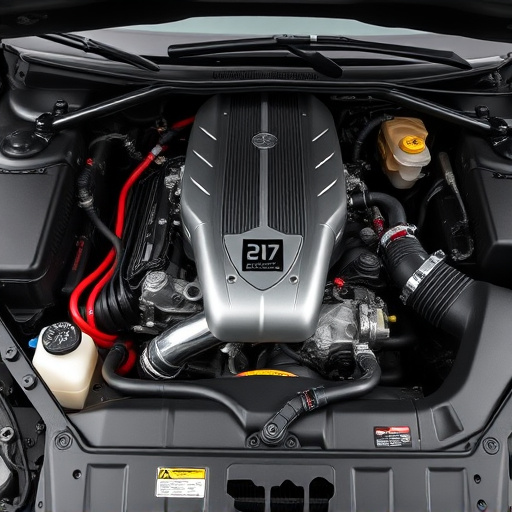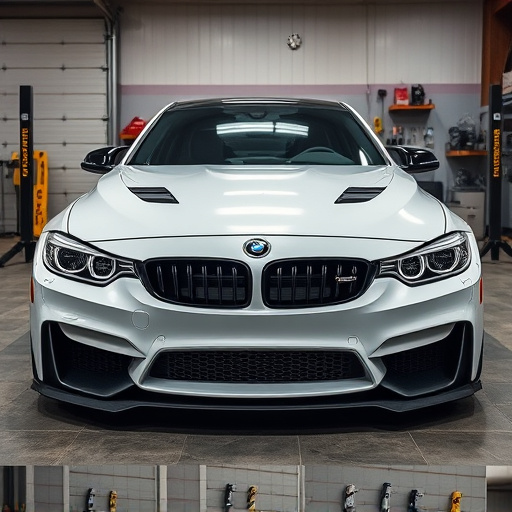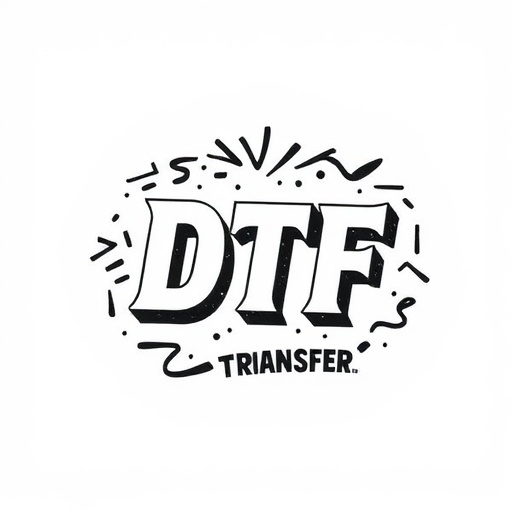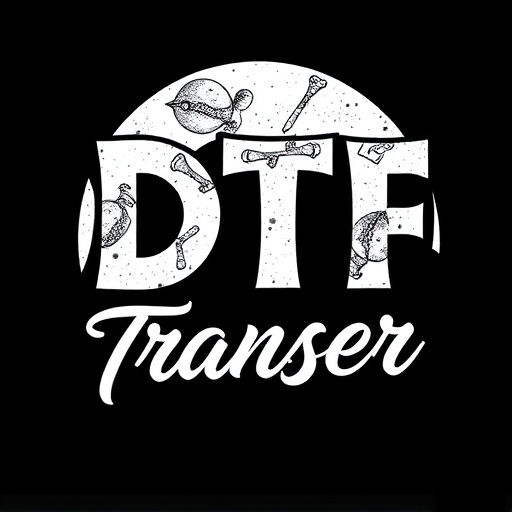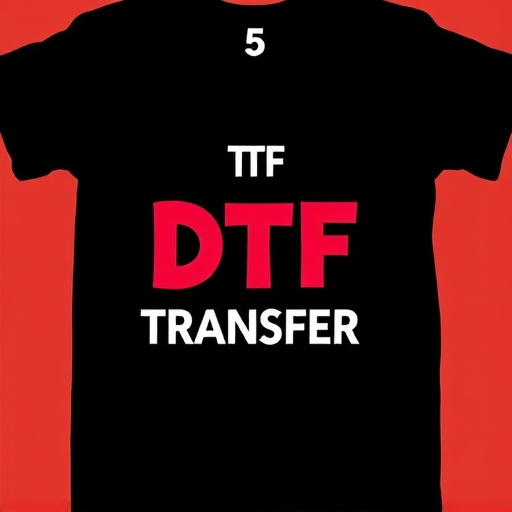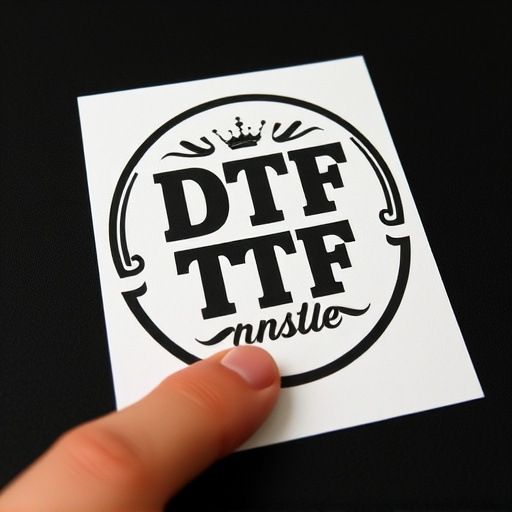Direct-to-Film (DTF) transfer is a cutting-edge printing method that directly applies ink to substrates like fabric and plastic, offering high-quality, vibrant prints with intricate designs and exceptional durability. Versatile for complex imagery on various surfaces, DTF streamlines production with faster turnaround times and superior consistency, ideal for apparel personalization, crafting accessories, and promotional items. Compared to Heat Transfer Vinyl (HTV), DTF provides longer-lasting prints directly applied to surfaces, making it superior for outdoor use and frequently handled items. Cost-effective for small to medium batches, DTF is suitable for event merchandise or limited editions, while HTV offers robust durability for larger runs and materials needing strong washing and wear resistance.
“In the realm of custom printing and design, Direct-to-Film (DTF) transfer and Heat Transfer Vinyl (HTV) applications offer distinct approaches. This article delves into a comprehensive comparison between these two methods, providing insights for informed decisions. From understanding the intricacies of DTF transfer’s precision and versatility to exploring the durability and cost-effectiveness of HTV, each process has its unique strengths. We examine ‘DTF prints’ quality, longevity, and popular use cases, guiding you in choosing the ideal method for your creative endeavors.”
- Understanding Direct-to-Film (DTF) Transfer: A Comprehensive Overview
- The Heat Transfer Vinyl Process: How It Works and Its Applications
- Comparing Quality: DTF vs Heat Transfer Vinyl Prints
- Durability and Longevity: Which Offers Better Results?
- Cost-Effectiveness Analysis: DTF Transfer vs Heat Transfer Vinyl
- Popular Use Cases: When to Choose Each Method
Understanding Direct-to-Film (DTF) Transfer: A Comprehensive Overview
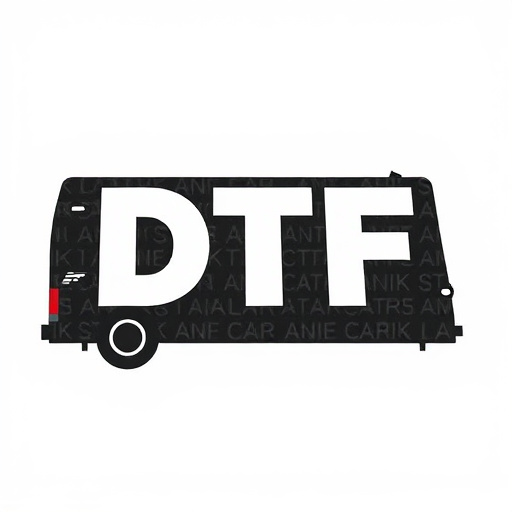
Direct-to-Film (DTF) transfer is a cutting-edge application in the world of printing and heat transfer vinyl. Unlike traditional methods that rely on intermediate materials, DTF involves applying ink directly onto the final substrate, be it fabric, plastic, or other materials. This innovative process leverages advanced printing technologies to create high-quality, vibrant DTF prints with exceptional detail and durability.
The beauty of DTF Transfer lies in its versatility. It allows for intricate designs, complex imagery, and even full-color prints on a wide range of surfaces. Whether you’re personalizing apparel, crafting custom accessories, or producing promotional items, DTF offers an efficient, cost-effective solution. By eliminating the need for separate transfer papers, this method streamlines production, ensuring faster turnaround times and superior print consistency.
The Heat Transfer Vinyl Process: How It Works and Its Applications
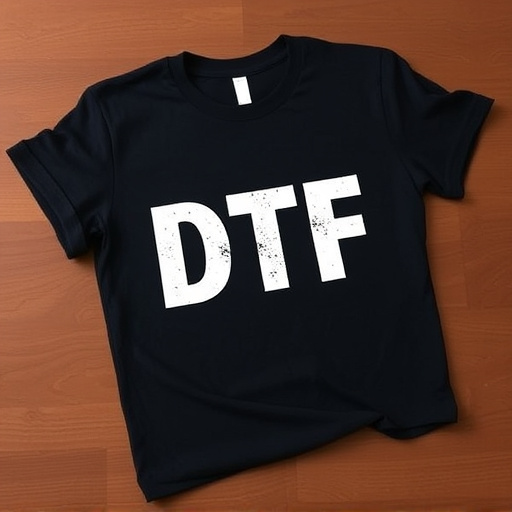
The Heat Transfer Vinyl (HTV) process, also known as DTF transfer, is a cutting-edge technology that has revolutionized the way we apply graphics and designs to various surfaces. It involves transferring printed ink from a release paper to a substrate through heat and pressure. This method offers exceptional versatility in terms of application, allowing for custom designs on a wide range of materials like cotton, polyester, leather, and even wood or metal.
DTF printing is particularly useful in the apparel industry, where it enables intricate and detailed prints directly onto clothing. It’s also widely adopted in signmaking, providing vibrant and long-lasting DTF prints for window displays, banners, and vehicle graphics. The process ensures high-quality results with precise color reproduction, making it a preferred choice for businesses seeking to create visually appealing marketing materials or personalized merchandise.
Comparing Quality: DTF vs Heat Transfer Vinyl Prints

When comparing the quality of DTF (Direct-to-Film) transfers versus heat transfer vinyl prints, several key differences emerge. DTF printing directly applies ink onto the final substrate, resulting in vibrant, crisp colors and fine detail reproduction that closely mimics the original art. This method is particularly suitable for high-quality, long-lasting applications on a variety of materials, including textiles, plastics, and even metal.
In contrast, heat transfer vinyl prints involve applying a layer of vinyl with embedded ink to a substrate, which is then heated to transfer the design. While this process offers excellent durability, especially for fabrics subjected to frequent washing, it may not achieve the same level of color vibrancy and detail as DTF. The choice between DTF and heat transfer vinyl ultimately depends on the desired end-use application, with each method excelling in its own right.
Durability and Longevity: Which Offers Better Results?
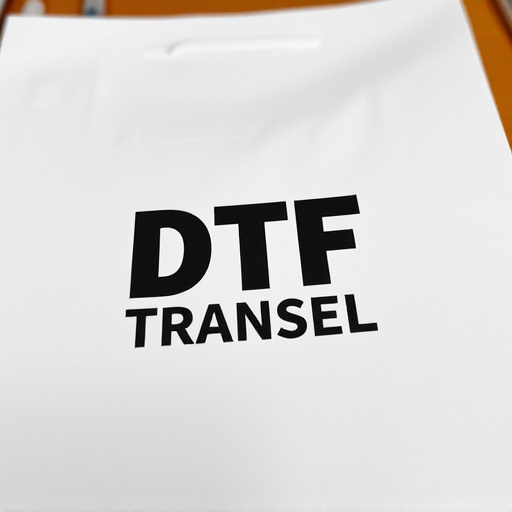
When comparing direct-to-film (DTF) transfers with heat transfer vinyl applications, durability and longevity are key factors to consider. DTF printing offers exceptional durability as the design is directly applied to the surface, eliminating potential issues from the transfer process itself. This method is particularly advantageous for outdoor applications or items subjected to frequent handling, ensuring vibrant DTF prints that withstand weathering and wear.
In contrast, heat transfer vinyl provides a more flexible solution but may not offer the same level of longevity. The adhesive used in heat transfer can degrade over time, especially when exposed to high temperatures or moisture, potentially causing the design to lift or crack. While still durable for many applications, DTF transfers generally outperform heat transfer vinyl in terms of long-term durability and colorfastness, making it a superior choice for creating lasting and high-quality DTF prints.
Cost-Effectiveness Analysis: DTF Transfer vs Heat Transfer Vinyl
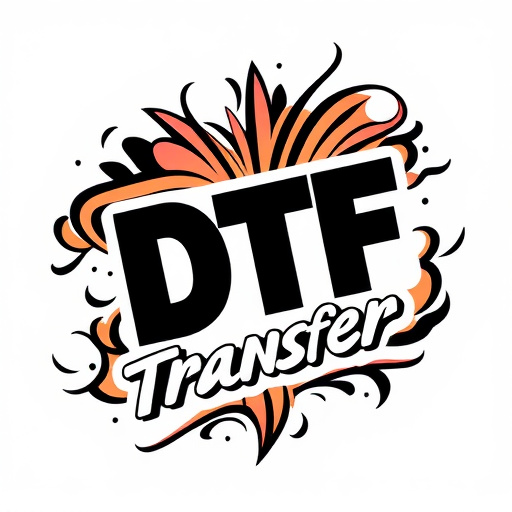
When comparing DTF Transfer (Direct-to-Film) and heat transfer vinyl applications, cost-effectiveness is a key factor to consider. In terms of DTF Printing, the process offers significant advantages in terms of efficiency and lower material costs. DTF Transfers eliminate the need for separate media and application equipment, streamlining the printing workflow and reducing overhead expenses. This makes it an attractive option for businesses seeking to maximize profitability, especially when producing small to medium batches of custom prints.
Moreover, DTF Transfer technology often provides longer-lasting prints compared to heat transfer vinyl. DTF Prints are applied directly to the substrate using a high-resolution printer, resulting in crisp, vibrant designs that withstand wear and tear better. This longevity not only reduces the need for frequent reprints but also contributes to a more cost-effective overall solution, making it a preferred choice for various applications ranging from apparel to promotional merchandise.
Popular Use Cases: When to Choose Each Method
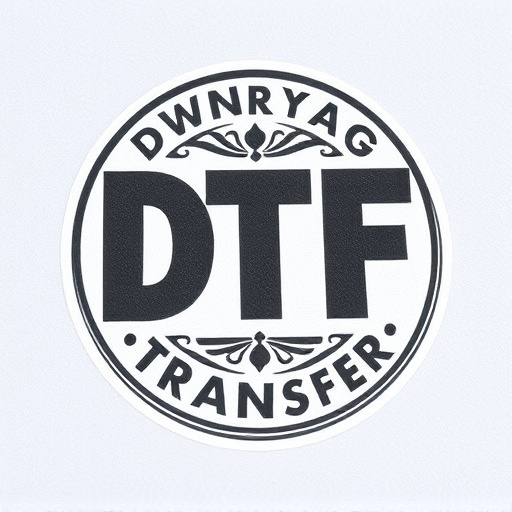
Direct-to-film (DTF) transfers have gained popularity for their versatility and ease of use. They are widely used in various industries, including fashion, sports apparel, and promotional merchandise. DTF printing is ideal for small to medium-sized orders, allowing businesses to create custom designs with intricate details and vibrant colors. This method is particularly suitable when quick turnaround times are essential, such as for event merchandise or limited-edition collections.
On the other hand, heat transfer vinyl (HTV) applications offer a more durable and long-lasting solution. It is commonly employed for creating high-quality, long-lasting prints on various materials like cotton, polyester, and synthetic blends. HTV is often chosen for larger production runs or when the designs need to withstand rigorous washing and wear. Additionally, this method allows for a wider range of printing techniques, including screen printing, which can be beneficial for complex artwork or unique texture effects.

